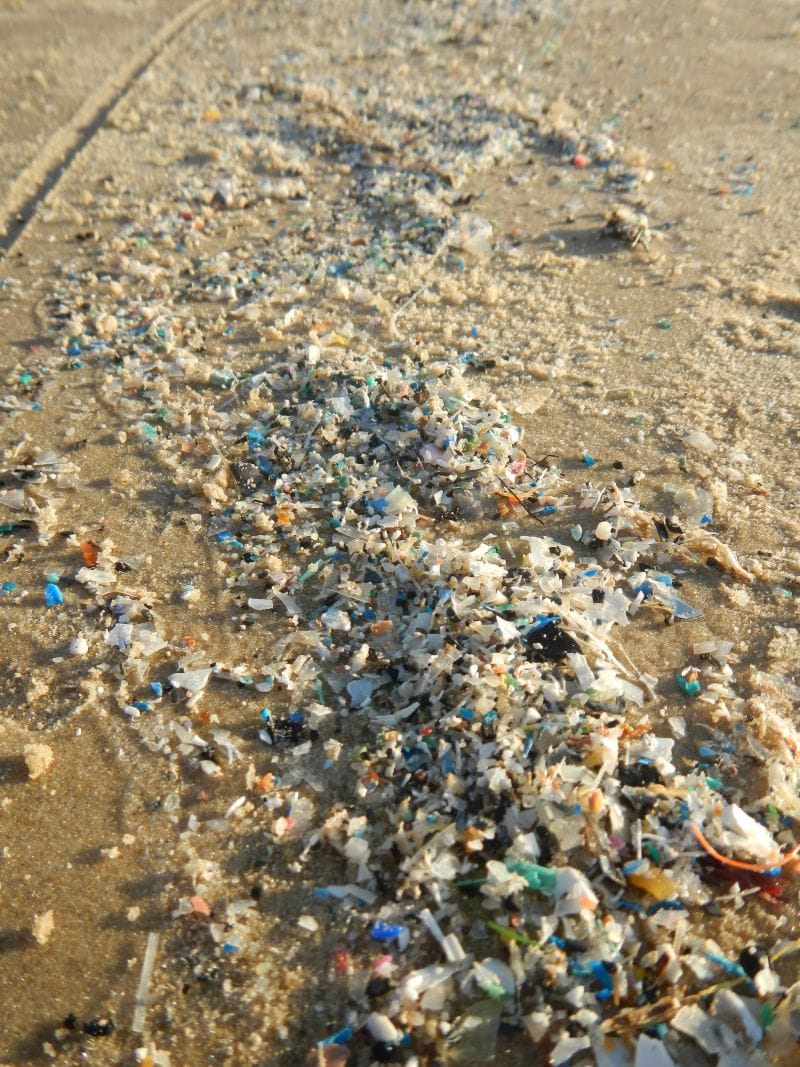RSS feed source: Federal Emergency Management Agency
AUSTIN – In coordination with the Texas Division of Emergency Management (TDEM), FEMA and U.S. Small Business Administration (SBA) have been staffing Disaster Recovery Centers (DRCs) to offer face-to-face help to residents of the four South Texas counties affected by the severe storms and flooding that occurred March 26-28, 2025.
Starting Saturday, June 21, new weekend hours of operation for all seven DRCs are:
Saturdays: Open 8 a.m. to 5 p.m.Sundays: Closed
Weekday hours remain the same: Monday – Friday, 8 a.m. to 7 p.m.
All DRCs will be closed for the Juneteenth Holiday (Thursday, June 19); and reopen on Friday, June 20, at 8 a.m.
Homeowners and renters in Cameron, Hidalgo, Starr and Willacy counties may be eligible for FEMA assistance for losses not covered by insurance.
FEMA and SBA support state-led recovery efforts at the recovery centers. Staff can help survivors apply for federal assistance. They can also identify potential needs and connect survivors with local, state and federal agencies, as well as nonprofits and community groups.
The list of DRCs by county is as follows:
Cameron County
San Benito Parks and Recreation Building
705 N Bowie St.
San Benito, TX
Harlingen Convention Center
701 Harlingen Heights
Harlingen, TX 78552
Hidalgo County
Las Palmas Community Center
1921 N. 25th St.
McAllen, TX
Pharr Development & Research Center
850 W. Dicker Rd
Pharr, TX
Weslaco EDC
275 S. Kansas Ave.
Weslaco, TX 78596
Starr County
Starr County Courthouse Annex
100 N FM 3167
Rio Grande City, TX 78582
Willacy County
Sebastian Community Center
434
Click this link to continue reading the article on the source website.



